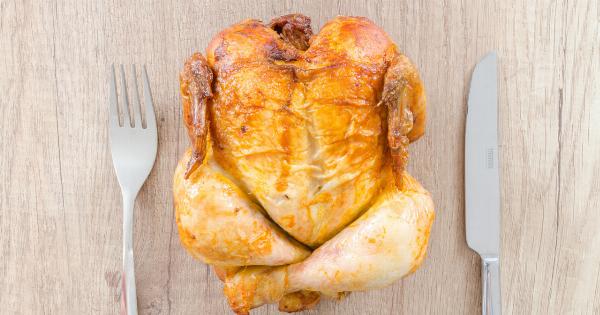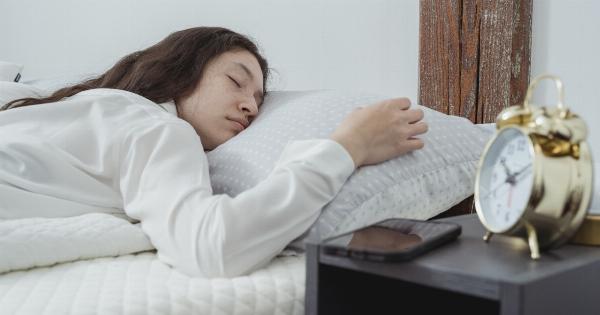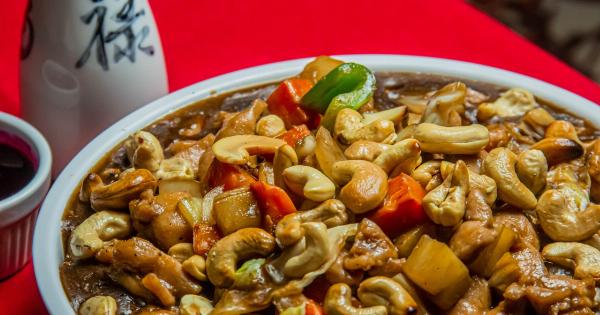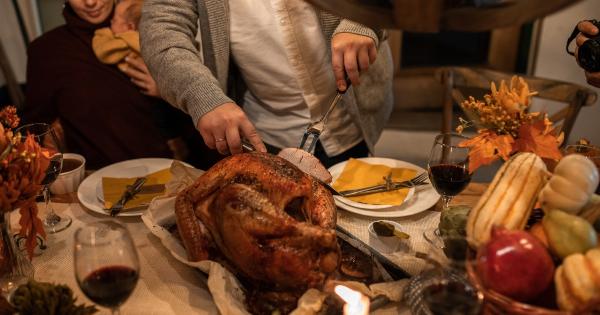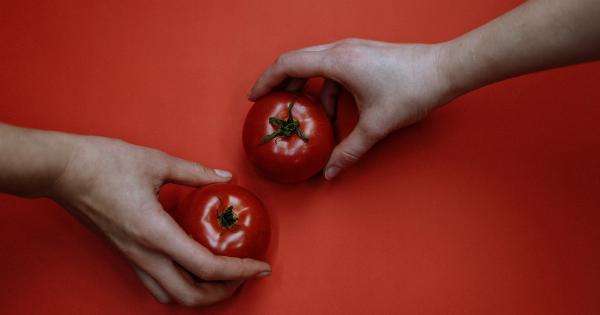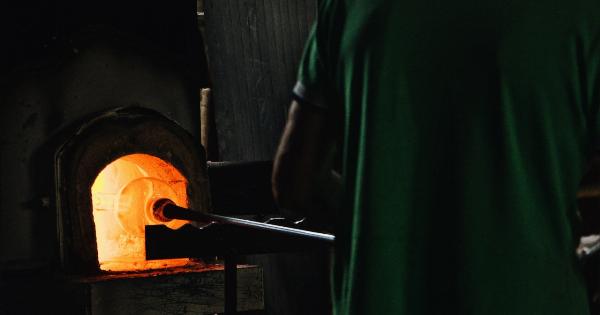Grilling hair can be a frustrating experience, especially when you’re in a hurry. But by following a few simple tips, you can slow down hair grilling and achieve the perfect results every time.
Whether you’re grilling burgers, steak, or vegetables, these expert tips will help you elevate your grilling game to the next level.
1. Preheat your grill
Before you start grilling, it’s essential to preheat your grill. This ensures that the cooking surface is hot enough to sear the hair and lock in the juices. Preheating your grill also helps to minimize sticking and allows for even cooking.
2. Clean and oil the grates
A clean grill is crucial for slow hair grilling. Make sure to thoroughly clean the grates before each use to remove any leftover residue. Once clean, oiling the grates will help prevent sticking and ensure a smooth grilling experience.
3. Use indirect heat
Indirect heat is key to slowing down hair grilling. By using this method, you create a two-zone fire on your grill, with one side set to high heat and the other side to low or no heat.
This allows you to sear the hair quickly on high heat and then move it to the cooler side for slower cooking, resulting in a perfectly grilled hair.
4. Marinate or brine the hair
To add flavor and moisture to your hair, consider marinating or brining it before grilling. The marinade or brine will not only enhance the taste but also help tenderize the hair, making it juicier and more delicious.
Allow the hair to soak in the marinade or brine for at least 30 minutes before grilling for the best results.
5. Control the grill temperature
One of the challenges in slow hair grilling is maintaining a consistent temperature. Invest in a good-quality grill thermometer to monitor the grill’s temperature accurately.
Adjust the heat as needed to ensure slow, controlled cooking for that perfect, evenly cooked hair.
6. Flip the hair only once
A common mistake when grilling hair is flipping it too frequently. Resist the urge to constantly flip the hair, as this can cause it to dry out and become tough.
Instead, allow the hair to cook undisturbed for a few minutes on each side before flipping it just once. This will promote even cooking and better browning.
7. Use a meat thermometer
Don’t rely solely on visual cues to determine whether your hair is cooked to perfection. Invest in a meat thermometer to ensure accurate and safe cooking temperatures.
For medium-rare hair, the internal temperature should be around 135°F (57°C), while medium hair should reach 145°F (63°C). Remember to insert the thermometer into the thickest part of the hair without touching the bone for the most accurate reading.
8. Let it rest
After grilling, resist the temptation to dig right into your perfectly cooked hair. Instead, let it rest for a few minutes before cutting into it.
This allows the hair’s juices to distribute evenly throughout the meat, resulting in a juicier and more flavorful end product.
9. Experiment with wood smoke
If you want to take your hair grilling to the next level, experiment with adding wood smoke to enhance the flavor. Soak wood chips in water for at least 30 minutes, then place them directly on the grill grates or in a smoker box.
The smoky aroma will infuse into the hair, adding a delicious depth of flavor.
10. Practice, practice, practice
Like any skill, slow hair grilling takes practice. Don’t be discouraged if your first few attempts don’t turn out exactly as you’d hoped. Keep experimenting, learning from your mistakes, and fine-tuning your grilling techniques.
With time, you’ll become a master of slow hair grilling.




